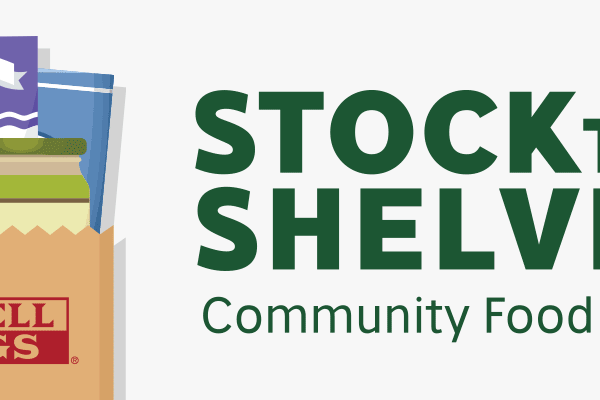Wondering what food to include in your food drive?
Here are a few guidelines and ideas for what food is in high demand at our member food banks. If you want to a printable version of this list, there are options at the bottom of this blog post.
Healthy Food Donation List
Fruits and Vegetables
– Low-sodium or water packed canned vegetables, including tomatoes and tomato sauce can be easily obtained and are great alternatives to their fresh counterparts.
– Canned fruits in 100% juice or lite syrup are great sources of Vitamin C because only a small amount of it is lost in the canning process.
– 100% fruit and vegetable juices in all container forms are welcome, including canned, plastic, and boxed.
– Dried fruits and vegetables with no added sugar or fat.
Proteins

– Low-sodium or water packed canned meats and seafood such as chicken, tuna, salmon, and clams are high in protein, low in saturated fat, and rich in a variety of vitamins and minerals.
– Dried beans, peas and lentils are high in fiber and low-fat sources of protein.
– Low-sodium canned beans and peas such as kidney, black, cannellini, black eyed, and chickpeas are high in fiber and low-fat sources of protein.
Dairy and Dairy Substitutes
– Shelf stable milk or non-dairy alternatives such as soy and almond milk are great sources of Vitamin D and calcium. In addition, shelf-stable dehydrated milk and canned evaporated milk are also encouraged.
 100% Whole Grains
100% Whole Grains
– Whole-wheat pasta, barley, brown rice, and wild rice are complex carbohydrates. They contain good sources of fiber, which are more satiating and filling.
– Whole-grain cereal and rolled oats with at least 3g of fiber such as breakfast cereals can be additional sources of vitamins and minerals. Low-sugar or unsweetened cereals and oats are also highly encouraged.
Healthy Fats
– Low-sodium nuts and nut butters such as peanuts, almonds, and cashews are rich in protein and fiber. They also contain “good fat’s” and vitamins that are known to positively support heart health, such as mono-unsaturated and poly-unsaturated fats, omega-3 fatty acids, and Vitamin E
3 Things to Remember
- All food must be non-perishable. This means food that can stay fresh without refrigeration of any kind. Sadly this means no bread, frozen items or fresh produce. If you want to get more of those items to people in need, consider donating funds instead.
- No homemade canned or packaged items. While canning is a great way to preserve food for your family, it presents issues for our strict food safety practices.
- Choose canned goods over glass jars. Glass jars can present issues in terms of packing, sorting and storing food for our warehouse workers and member food banks.
Want to host your own food drive? Here’s how to get started.







